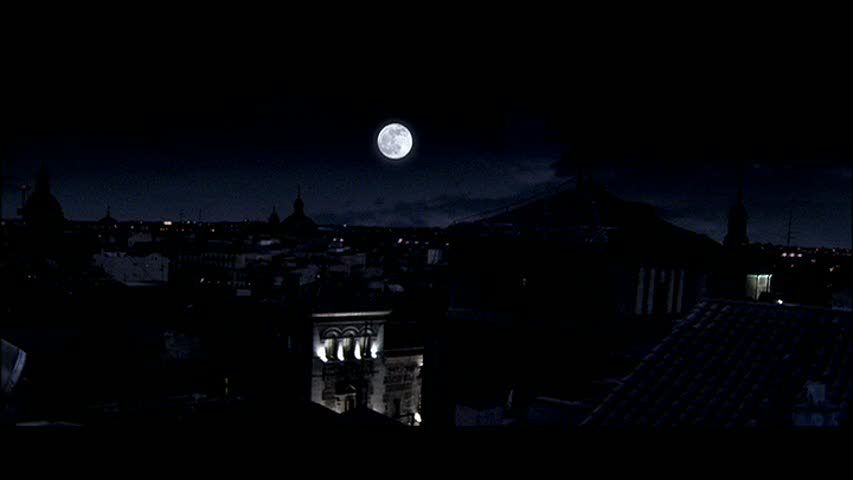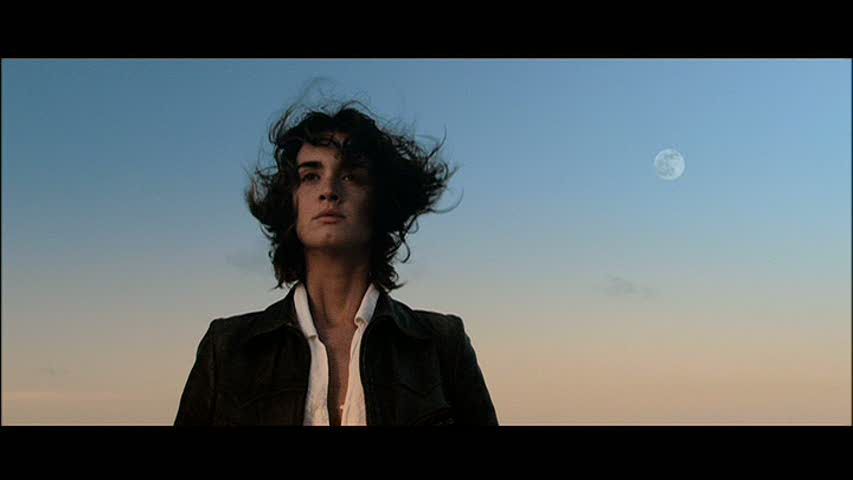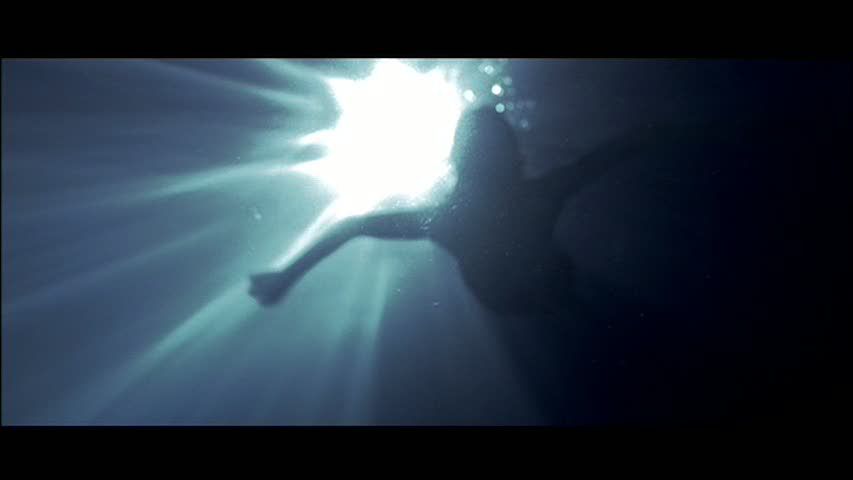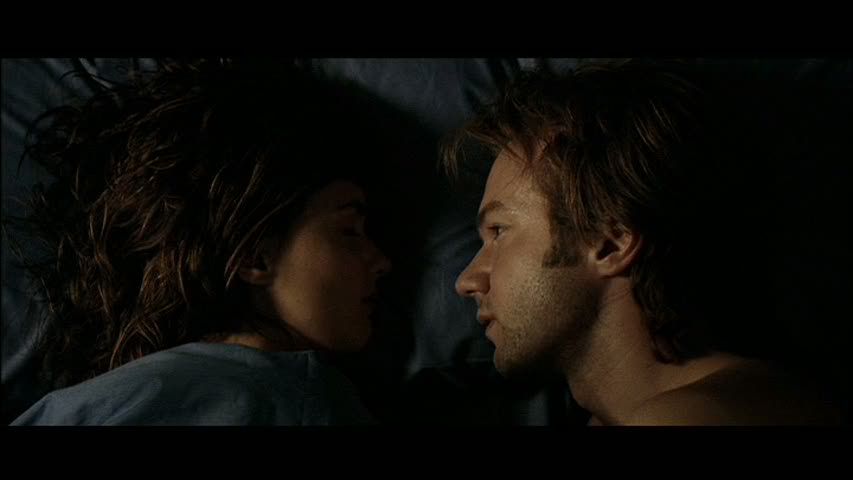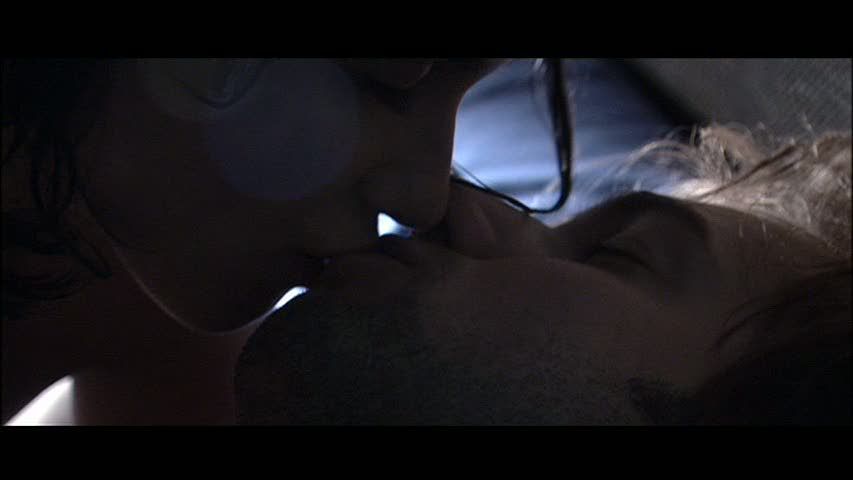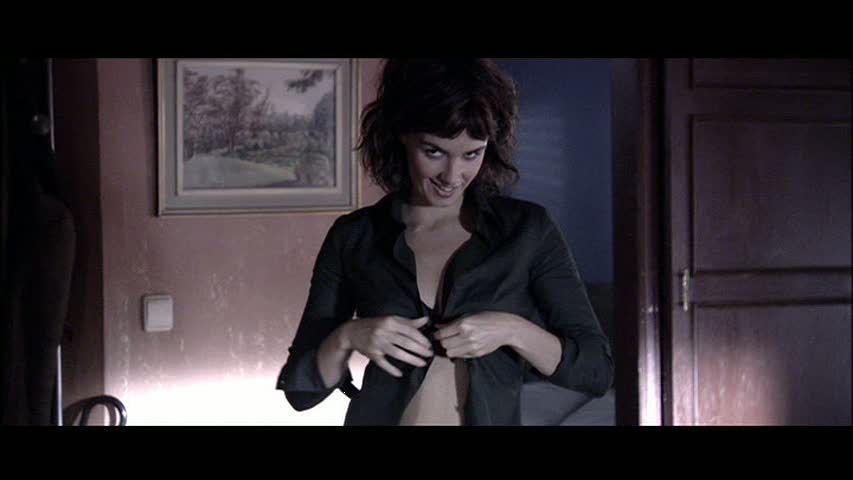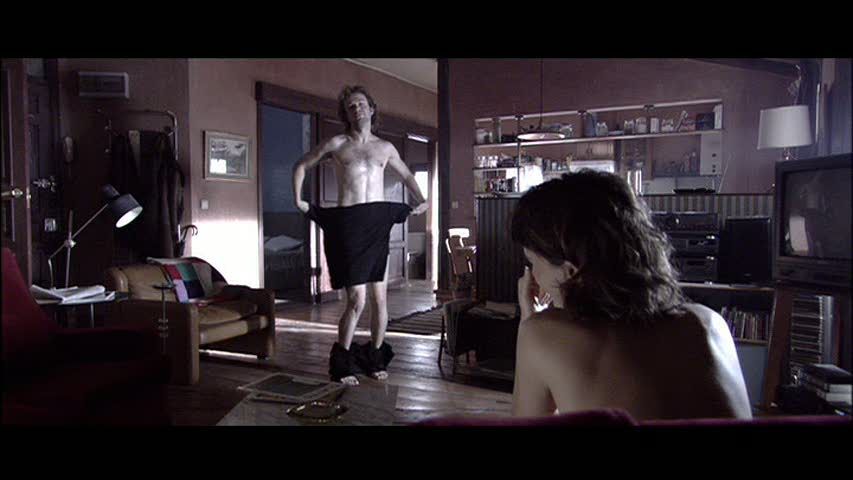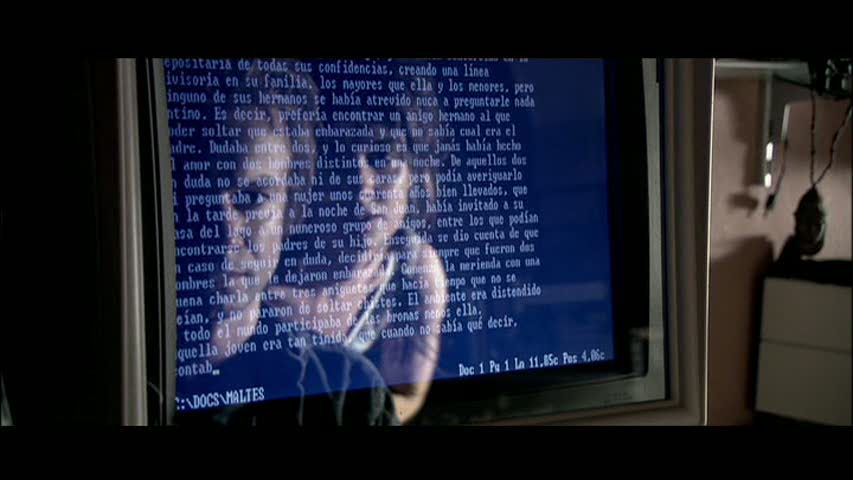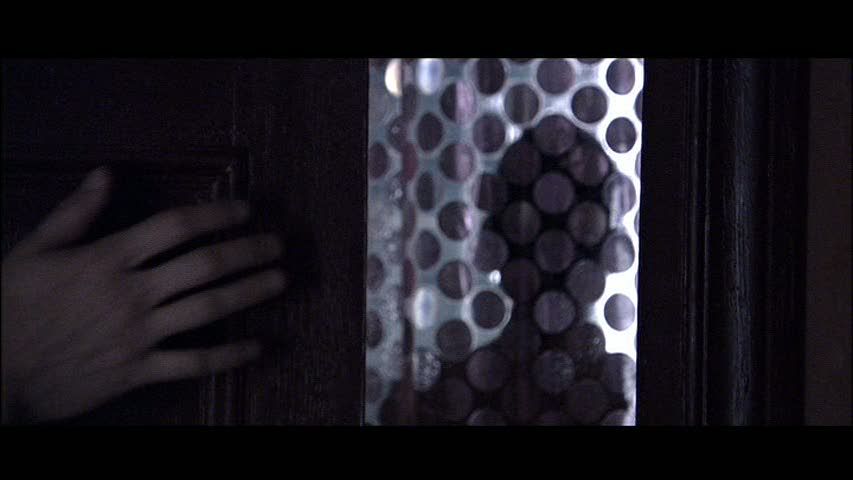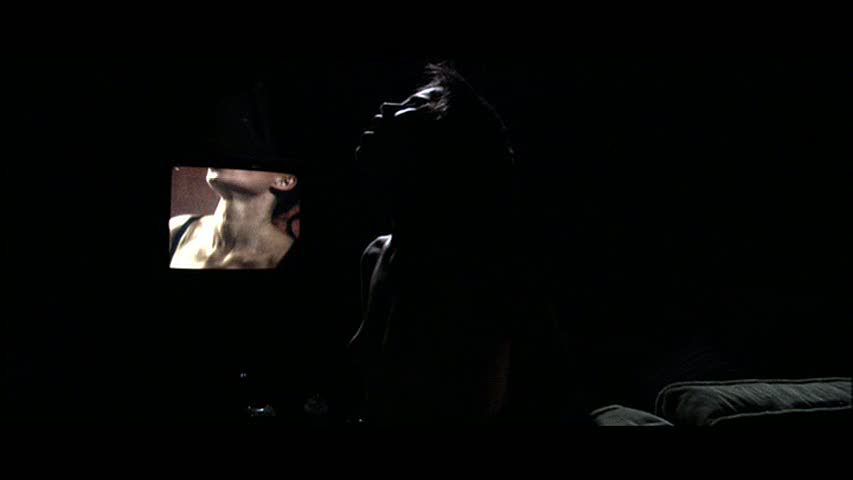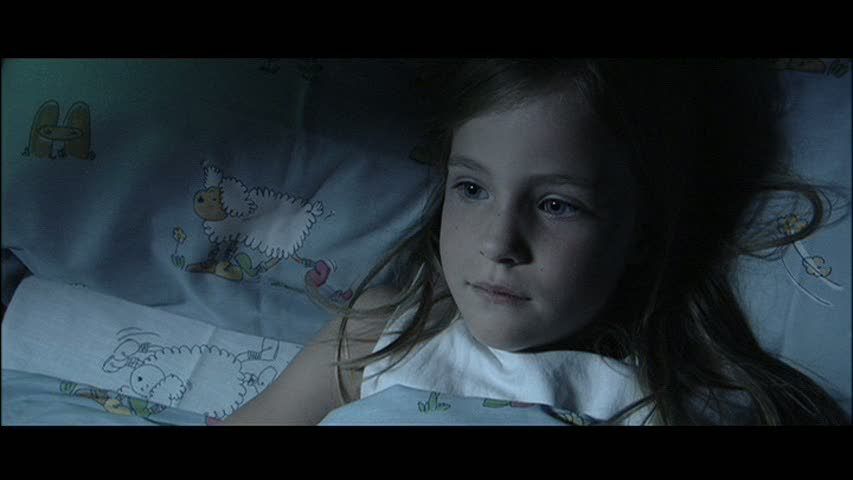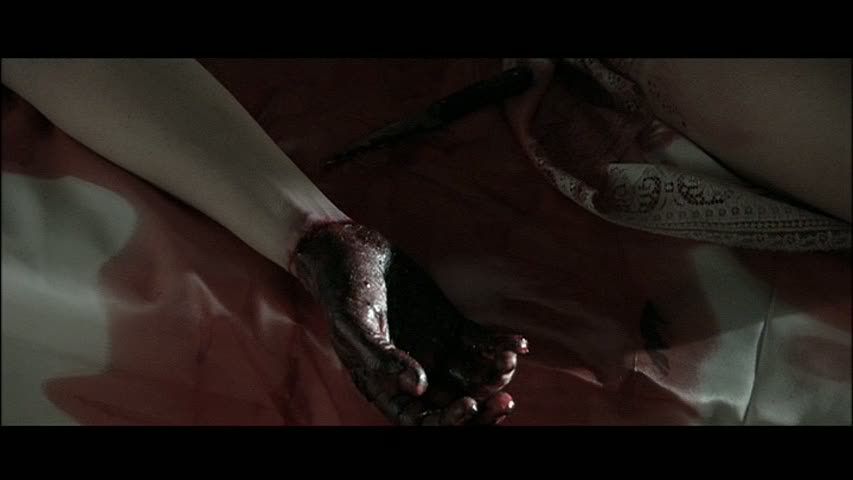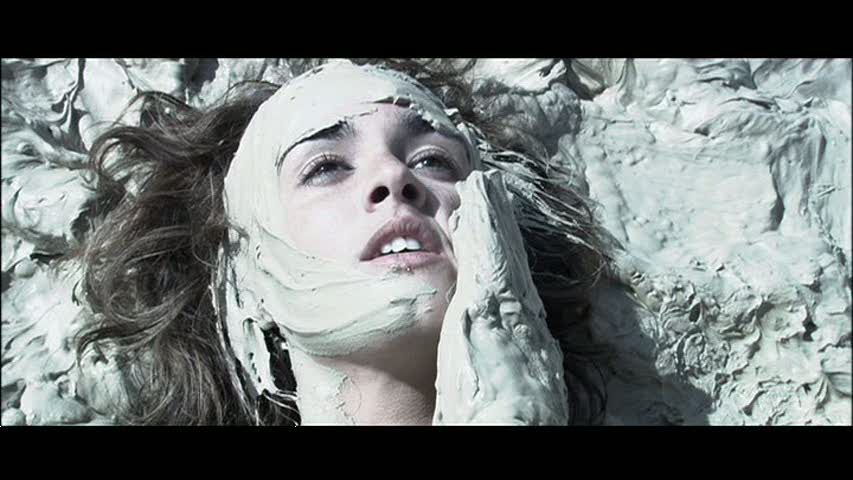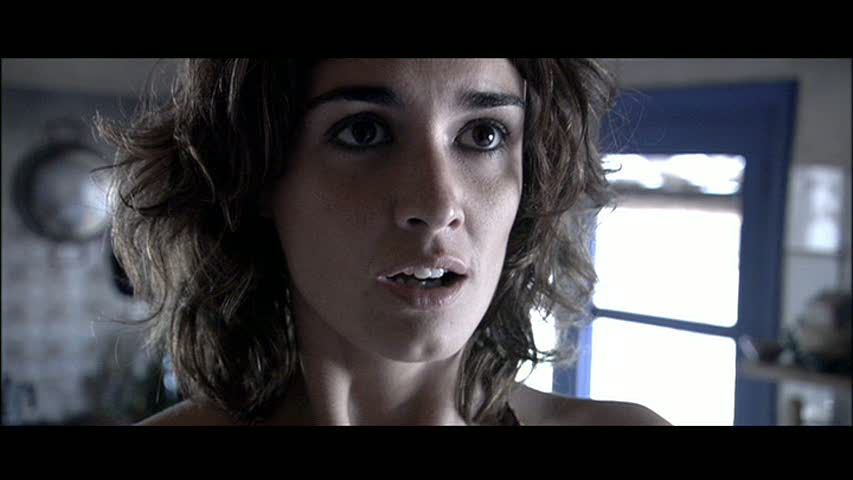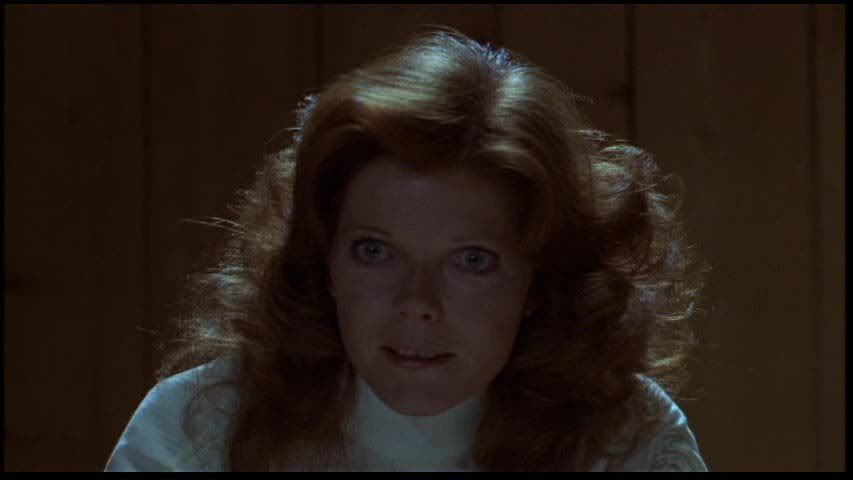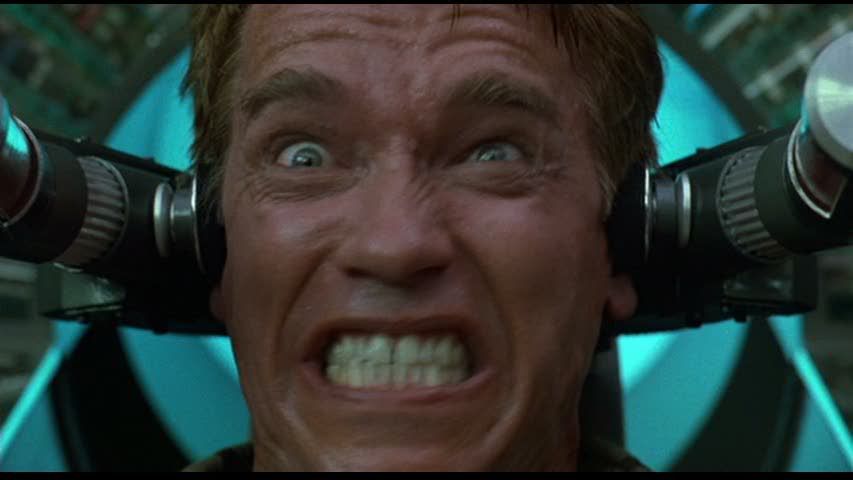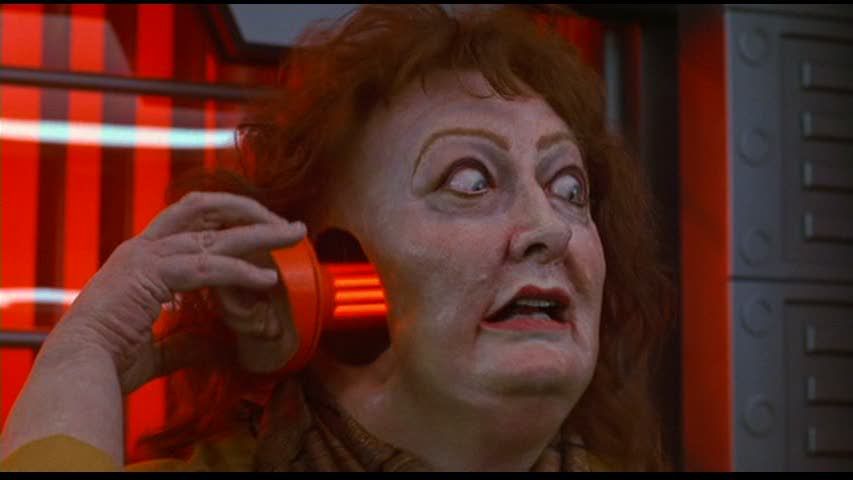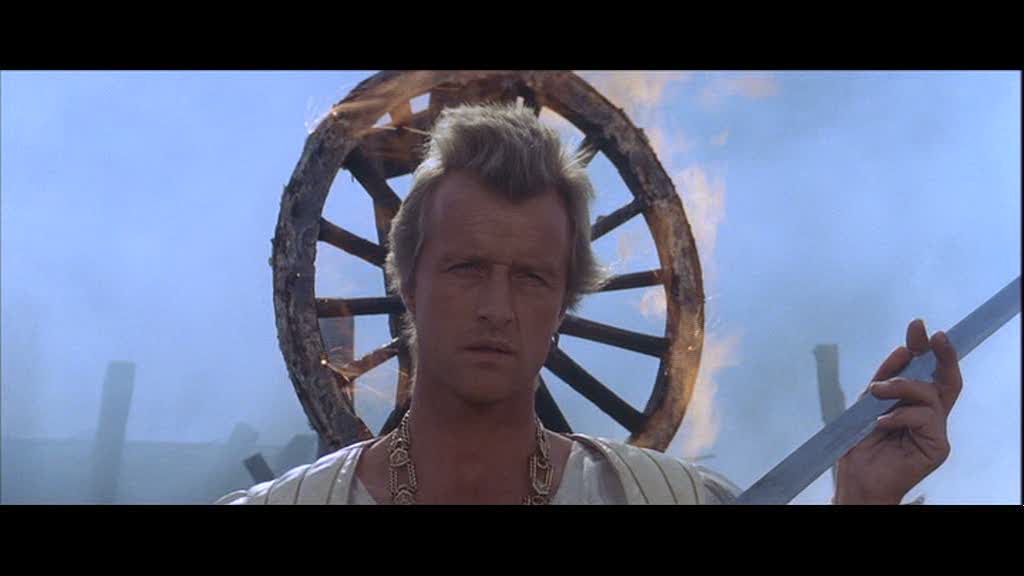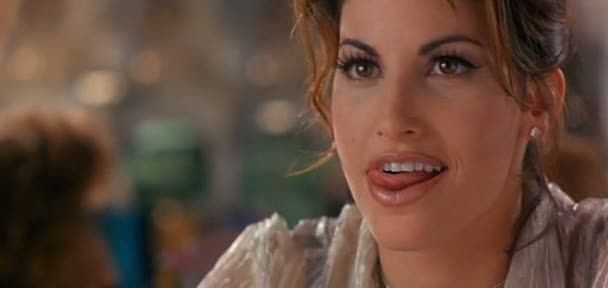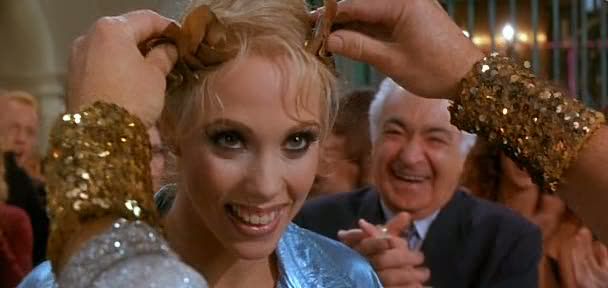
You, the Living is Roy Andersson's follow-up to his remarkable 2000 film Songs From the Second Floor. Like its predecessor, You, the Living is a loose collection of absurdist vignettes set in a dull, gray city full of odd, depressive, quirky people. The film has no central narrative, it's simply a set of scenes, with characters whose lives occasionally overlap but still never really add up to a larger story. Instead, the stories are linked thematically, by Andersson's concern for the condition of people's lives in the modern era. His characters are beaten down, often terminally unhappy, trapped in dull routines and useless jobs. Andersson's vision is unsettling — dreary, absurd, shot through with dark, satirical humor — and yet not entirely bleak nor entirely hopeless. What this film is about, more than anything, is the possibility of finding some happiness in this life, some joy amidst all the ugliness, some pleasure to go with the pain. The film's central idea is the importance of living for the present, of enjoying oneself when death lingers unseen just around the bend, ready to strike at any moment. Andersson's characters are acutely aware of death and misery, and perhaps this primes them to also recognize the little moments of pleasure they are able to find at intervals.
Andersson has retained the signature style of Songs From the Second Floor: the camera is almost always static and maintains a respectful distance from the characters, who are staged in self-conscious medium-shot tableaux. These people sporadically address the camera, conversationally relating their dreams to an unseen audience. Sometimes these dreams are Kafkaesque nightmares, as when a truck driver dreams that he was tried and sent to the electric chair after breaking some antique dishes during a failed magic trick. Other dreams are more ecstatic and joyful, even if they're tinged with the melancholy knowledge that they're just dreams. Anna (Jessika Lundberg) is obsessed with local rock band guitarist Micke (Eric Bäckman), and one night she dreams that they get married and live in a moving house. She's still in her wedding dress, puttering around, while he plays guitar and smiles at her, and outside throngs of eager admirers gather to wish the happy couple their best. It's a dream, not only of romantic fulfillment, but of a world in which everyone is cheerful and kind and goes out of their way to be nice to other people. It's not the world Anna lives in, but the one she wishes she lives in.
In fact, the real world of the film is much colder, and is filled with puzzling incidents of degradation and anger. An Arab barber, fed up with his customer's subtle racism, shaves a stripe across the top of the man's frizzy red hair and then storms out of the shop. A teacher breaks down in tears in front of her class because her husband called her a "hag" during a fight. Andersson then cuts away to a rug shop, where a salesman is upset because he got mad and called his wife a hag, though he tries to poll his customers about whether it was worse that he called her that, or that she called him an "old fart." A woman named Mia (Elisabeth Helander) laments her loneliness and misery, completely ignoring the proffered comfort of her boyfriend, even as she ends every fight with an ultimatum and then a promise that she'll see him soon. Andersson's characters often don't recognize the opportunities for pleasure and happiness in their lives: Mia has a devoted boyfriend, while the bickering husband and wife obviously love one another, or else their words wouldn't have had such power to wound. In another scene, a man lies in bed naked, mechanically recounting the way his pension fund was drained of money by a poor banking decision, while on top of him his wife makes love to him, ignoring his words even as he ignores her. She seems to be enjoying herself, grinding away at him, moaning and exclaiming how good she feels, but the man is too wrapped up in monetary problems to join in, to have some fun himself.

Often, there is a subtle socio-political underpinning to Andersson's tableaux. He's presenting a world in which people are routinely dehumanized, in which their opportunities for pleasure and genuine human connection are scarce. Their office jobs are unsatisfying — one man, seemingly useless at his job, rather pathetically asks if any of his coworkers called for him, even though he knows they didn't — and their lives are draining and boring. Meanwhile, a wealthy businessman gloats over a successful deal over lunch, loudly talking into a phone about buying a boat, while behind him a pickpocket steals his wallet, immediately paying for his own meal with the other man's money, then going out and buying a suit. The pickpocket does all this with a noncommittal expression on his face, but he can't hide a small note of satisfaction when he tells the tailors that a certain material is too prickly on his skin; he's enjoying playing at upper class for a change. He's thus one of Andersson's characters who actually finds a bit of happiness in this life.
Among the film's happiest characters are undoubtedly its musicians, who find satisfaction in their creative pursuits. The film is driven by the bouncy, bopping pulse of its music, a makeshift fusion of Dixieland jazz, New Orleans funeral music and the martial rhythms of a marching band. These musicians practice, oblivious to the discontent of those who have to hear them, who shout and bang on the ceiling for them to stop. But nothing stops them, and Andersson scores the film to the lugubrious bloop-bloop-bloop of the tuba and the leaden thump of the bass dream. He loves these ungainly instruments, which dwarf the men who play them. They are awkward instruments, silly even, but Andersson presents these men playing in isolated scenes as soloists — just tuba or just bass drum, each of them blasting away on their limited instruments. The music these men create is loose and spontaneous, as is the torchy song Mia invents about her own problems early on in the film, singing it on a park bench. The spontaneity of this music is contrasted against the ritualized music of funerals, the martial rigor of military parades, and the formal singalong that a group of wealthy partygoers engage in, enacting a set of prearranged moves to accompany the song. This song is an empty charade of drunken revelry, sung by people who lack the passion and deep emotional wellsprings that run through the film's other characters. Mia drinks because it's the only way she's able to cope with her depression; her partying is real life, not a ritual imitation of it.
You, the Living is ultimately a film about going on with life in an era when so much seems futile and impossible to fix. At one point, a woman in church rattles off a litany of the horrible evils requiring forgiveness from the Lord: lying governments, distracting media outlets, corporations growing wealthy by screwing over others, the greedy, the corrupt, the warmongers. This is explicitly a film about living in the post-9/11 era, the Iraq War era, surrounded by hatred of all kinds, by corruption and a global economy that makes a few rich at the expense of everyone else. Andersson, needless to say, is interested in the "everyone else." These people live their lives, and have fun if they can, under the shadow of death, the shadow of the terrors unleashed on the world by forces no one can seem to control. In the film's final image, the town is beset by a sinister squadron of planes, possibly coming to drop their bombs and put an end to it all. Andersson seems to be asking, if the bombs drop tomorrow, what will you have done today to make life better for yourself and those around you?


